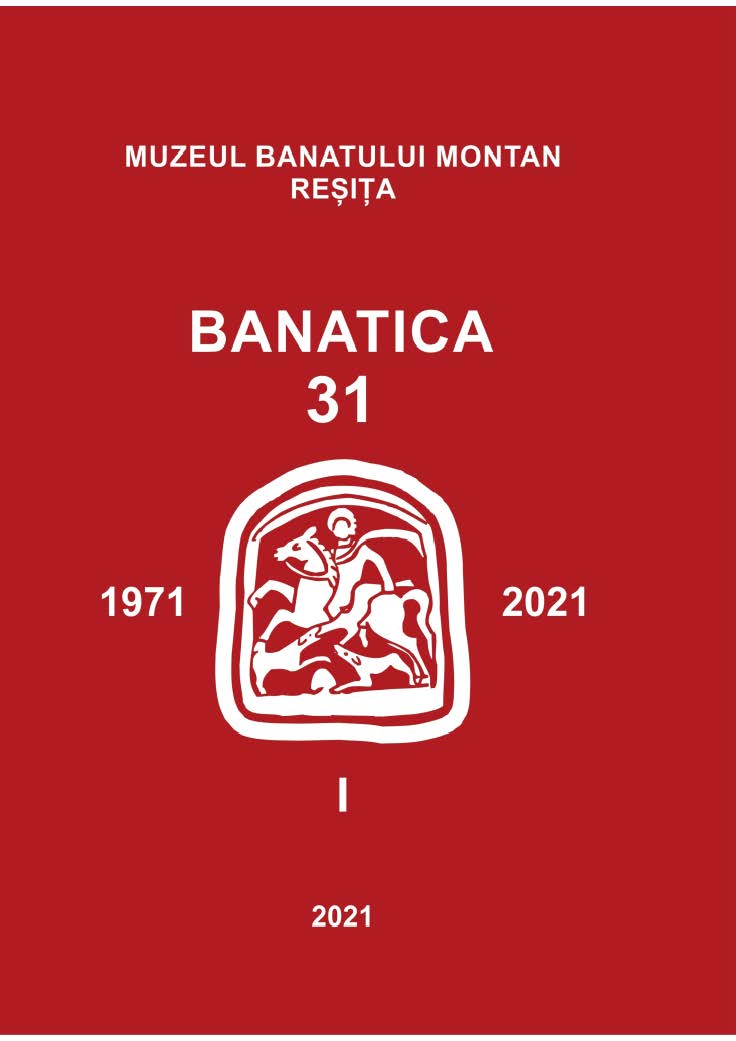FROM THERE AND BACK AGAIN. SCIENTIFIC LIFE BEFORE AND AFTER MUSEUMS (THE PERIOD BETWEEN XVIII CENTURY AND THE BEGINNING OF XXI CENTURY). WITH SPECIAL REGARD ON THE ROMANIAN DANUBE SHORE FROM DANUBE GORGE REGION (ROMANIA)
FROM THERE AND BACK AGAIN. SCIENTIFIC LIFE BEFORE AND AFTER MUSEUMS (THE PERIOD BETWEEN XVIII CENTURY AND THE BEGINNING OF XXI CENTURY). WITH SPECIAL REGARD ON THE ROMANIAN DANUBE SHORE FROM DANUBE GORGE REGION (ROMANIA)
Author(s): Ana Cristina Hamat, Ştefan GeorgescuSubject(s): History, Archaeology, Historical Geography, Local History / Microhistory, 6th to 12th Centuries
Published by: Editura Mega Print SRL
Keywords: Danube Gorge; roman fort; medieval fortress; historiography; history of archeology; XVIII-XXI centuries;
Summary/Abstract: Danube Gorge region is a geographical region, and one of the richest from Romania, in terms of archaeological discoveries. The shore stretch 140 km, from Baziaș until Orșova in today region called Banat. The Romanian name is Clisură, and today settlements are situated in the foothills or in the hills, on the river banks or in the valley of Locva and Almăj Mountains. From the beginning of the XVIIIen century the Austrian Empire took interest in this region because of ongoing war with the Ottoman Empire. Mapping the land, gave the opportunity for the cartographers to registered some archaeological site like the fortress from Coronini Culă or the roman quadriburgium from Gornea. The most important Austrian visitor is Luigi F. Marsigli (1658-1730), who write in the foreword of his book Danubius Pannonico – Mysicus (1726): „I was the first to shed light on this distant and secret world hidden in barbarian obscurity”. An important part of the documentation for the Danube valley, and for sure the most beautiful one, lies in the drawings of different travellers between XVIIIen- XIXen centuries. In the XIXen century, the banks of the river receive the study visits of two great scholars: F. Milleker and L. Böhm. This are the beginnings for the archaeological repertoire of Banat, through Milleker’s work, for the first scientific studies about history and archaeology of the area, for the great collections, as well as for the archaeological society Tőrténeti és Regeszeti Társulat and for the first museum, located in Timișoara. The XXth century came with great changes for the monuments and archaeological sites on the Danube shore, between them the two world wars and the constructions of the Iron Gates dam. In the second part of the century, the archaeological museum from Reșița was established. Unfortunately, after 1989 the archaeological research from Clisură slow dawn, and today, all off our hopes lies with the money for the restauration of the medieval fortress in the area or with the contractual archaeology.
Journal: BANATICA
- Issue Year: 1/2021
- Issue No: 31
- Page Range: 301-318
- Page Count: 18
- Language: English

